Analysis by Julie Knibbe - Research and findings led by Parth Sinha and Pavel Telica
Music is a major cultural aspect of society. The inter-relationship between music, technology, society and culture has been researched for many decades. Looking at music charts and which genres break into the mainstream tells us a lot about cultural shifts within our communities. Rock & Roll in the 50s reflected change in the US at a time of rebellious spirit and civil rights movements. Now, technology probably has more influence on our culture and music consumption than local politics.
In this piece, we wanted to research and understand which new trends are influencing music consumption today. We analyzed genres among both global and local charts to picture current dynamics within the music industry. A side note about methodology: we chose to focus on Spotify and TikTok as we identified them as the two most influential platforms in terms of relevance, activity and trendsetting, as well as overall volume of active listeners. Many thanks to Chartmetric for granting us access to these datasets.
Will TikTok bring more diversity to the global charts?
Our first finding comes as no surprise. Pop, Rap & Hip-Hop and Dance (encompassing electronic, disco, house and EDM) still rule Spotify’s global charts. Those three main genres are driving the trends independently of the platform or the geographic region.
However, a few hit songs from other genres also have a substantial presence. The Latin & Reggaeton, Lo-Fi Beats, R&B, and Indie Pop genres are getting increasingly popular, notably thanks to the popularity and functionality of these genres within the TikTok content environment.

We are indeed moving past carefully curated social media narratives. TikTok is taking us deep into thoughtless hypnotism, highlighting moments of audiovisual eloquence that only live in the vibe of a moment. Music that has the most potential to soundtrack such moments is not restricted to the most popular genres. TikTok's influence on the global charts could be setting a precedent for more widespread distribution of top genres in the future - even though Pop, Rap/Hip Hop and Dance are still the most popular genres on TikTok.
A note about TikTok trends consolidation: Despite TikTok’s undeniable influence, that vibe of a moment doesn’t last long for a given song. Looking at how long tracks usually stay in the TikTok and Spotify charts confirms that turnover is higher on TikTok than on Spotify. Music trends start from TikTok and then transition to Spotify, which grounds fandom and listenership.


Some countries have a lot more global taste influence than others
Looking at the distribution of songs per country within the charts, songs by artists from the USA and the UK make up for over 30% of the viral charts, meaning that they (still) have the strongest propensity to influence and set global music trends.


Let's dive deeper into top genres by regions:


The USA and the UK represent the most important and active markets in terms of viral genre engagement and global music trend-setting through both TikTok and Spotify.
Their local viral charts demonstrate the same trends observed globally, suggesting how much those countries weigh in setting trends both locally and internationally. Most songs trending on TikTok in the US are also on other countries’ Spotify Viral 50 lists.

Spotify Brazil Viral Top 50


On the other hand, apart from K-pop and a few (Latin) exceptions, local genres from other countries usually don’t break their traditional frontiers and global artists trust their viral charts. For example, although India Top 50 mainly includes Film and Desi Hip Hop, Pop is the leading genre in the viral chart, featuring more songs from American artists than local ones.
Despite the strong presence of idiosyncratic local genres in big hubs such as Brazil, India and Indonesia, patterns that are set in the UK and the US practically set the global trend scene (for not only genres but also hit songs) and translate into the Top Charts of any region. To sum up, despite the prevalence of local genres, trends and virality are heavily influenced by international artists from a handful of countries.
Both tech platforms and music marketers shape the trends. How they structure their businesses influences what makes it to the top, more specifically - how they develop their localization strategies affects trends in music consumption. With these few findings, we've only scratched the surface. We'll keep an eye on these patterns and how they evolve over time. Stay tuned!
About the researchers
Parth Sinha is part of the Music Programming Team at Bytedance. You can observe his love for music and data in his data-driven approach towards improving listener journeys at Bytedance. While graduating from SEA London, Parth joined the Doctor Gosso Collective, an independent label & artist service, and is now an active member. He is a curious discoverer of Music Data and Digital Strategies while being a keen observer of streaming and recommendation systems. He is passionate about Jazz & Hip Hop; hence, he has begun his preliminary review blog called the Jazz Hip Hop Dispensary.
Pavel Telica is an economics graduate from the Imperial College Business School, London. He is a jazz musician and co-founder of the Doctor Gosso Collective (with now over 2 Million streams on their catalog), and a writer at the online music review blog Jazz Hip Hop Dispensary. He's passionate about identifying trends in the music industry, as well as working as a music composer and producer.















